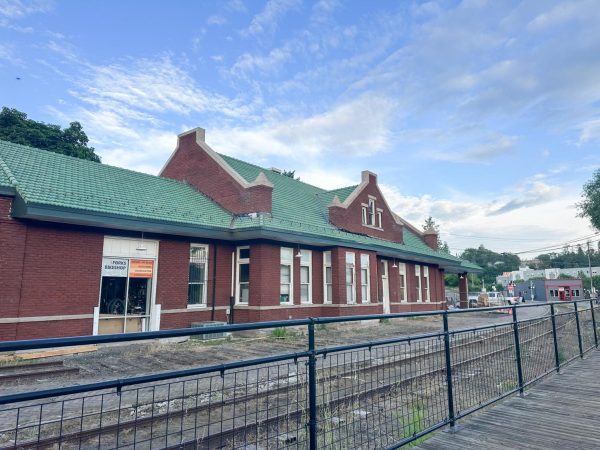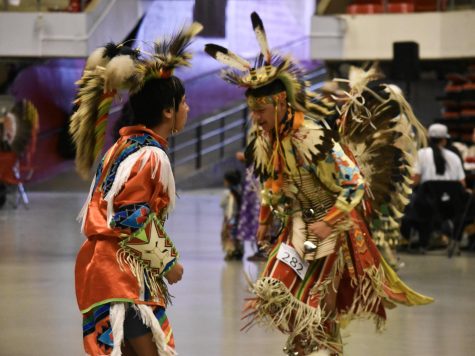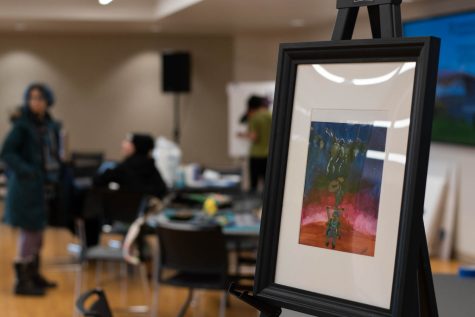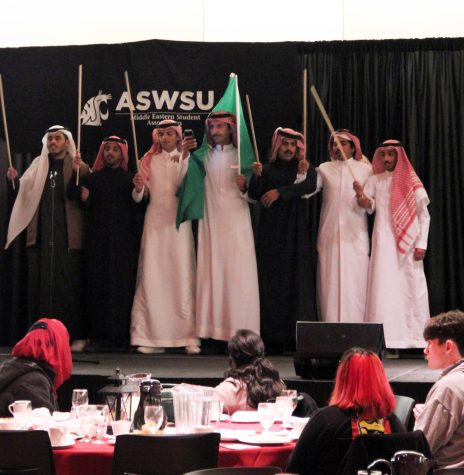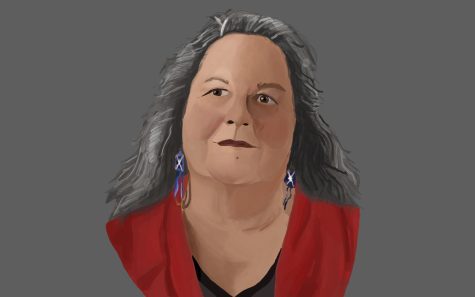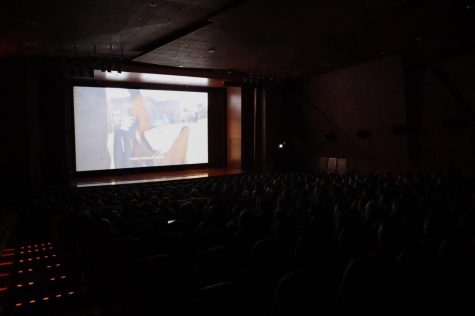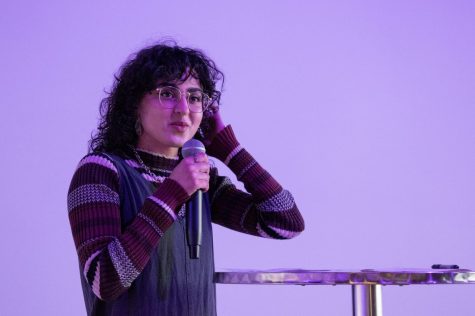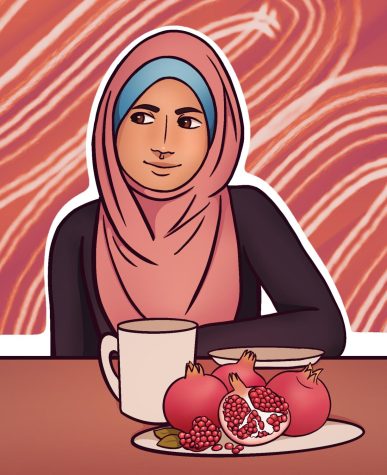Museum exhibit highlights East-West divide
September 20, 2013
Vibrant colors and striking incorporation of everyday objects and text make up the collection of prints featured in the WSU Museum of Art exhibit “Made in U.S.A: Rosenquist/Rusha.”
The show highlights the work of two American Pop art icons: Ed Ruscha and James Rosenquist.
Ruscha is a Los Angeles based artist, and Rosenquist lived in New York until the 1980s when he moved to Florida, Museum Director Chris Bruce said.
The exhibit offers a look at how an environment might affect an artist’s work and contrasts East Coast density with West Coast openness, Bruce said.
“Rosenquist’s work is very dense, fragments of found imagery, mostly from magazine pages,” he said. “It’s all just kind of smashed in together. Disjunctive images put together in a collage form. That, to me, is very much like being in New York with the intensity of imagery.”
Ruscha’s work is more singular and incorporates words isolated in the pictorial space, Bruce said.
“That’s very much like a southwestern landscape where you’d be driving across the desert and then a billboard would pop up… and you’ve got this single image that’s set in an open space,” he said.
The prints range in size, with some that are several feet high.
“You walk in front of pictures that are as big as you are, and you have an overwhelming sense of awe when you see them,” Museum spokeswomen Debby Stinson said.
The prints are part of Oregon-native Jordan D. Schnitzer’s multi-million dollar personal collection, said Stinson. Schnitzer often loans parts of his collection to museums and art centers so that they can be viewed publicly, she said.
Stinson said Schnitzer believes art should be shared.
“When he purchased his collection, he made certain that it was available to the general public,” Stinson said. “It’s his way of giving back.”
The exhibit will run from Sept. 20 to Dec. 14. A reception with Schnitzer will be held at the museum on Oct. 1.









